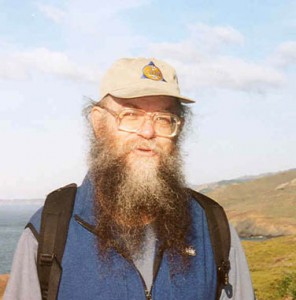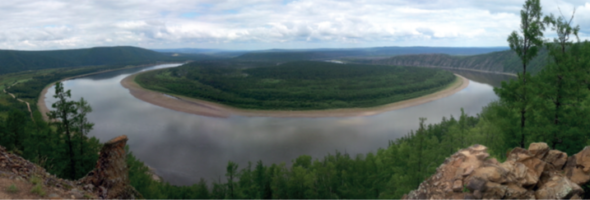
UNESCO published in Beijing a richly illustrated socio-ecological saga “River Culture – Life as a Dance to the Rhythm of the Waters” (available in full and chapter by chapter here )
In 36 chapters spanning 900 pages the book analyses relationship between key ecosystem processes (e.g. periodic flooding) and ethno-cultural and socio-economic adaptation and maladaptation to them across the globe. It is truly interdisciplinary document combining texts, written from diverse cultural and epistemological perspectives with robust collection of amazing river imagery.

The book includes chapters with case-studies on thirty basins and subbasins, with only two (Danube and Amur-Heilong) overlapping with the territory of the former USSR (which, probably, shows that getting information from our part of the world is more difficult than from elsewhere). All continents, except for Australia and Antarctica are represented, with European rivers grabbing most attention in 8 dedicated chapters. Seven issue-oriented chapters explore governance, community-based conservation, gender dimensions, artistic perspectives on rivers, and interrelation between ecohydrology and cultures.
The book compilation, editing and co-authoring a third of all chapters has been the major task performed by Professor of Ecohydrology Karl M. Wantzen, UNESCO Chair on Rivers and Culture, which took at least four years. In total, the book united 125 authors from 24 countries on all permanently inhabited continents. Karl, thank You for Your persistence, it was worth it!
RwB international coordinator, Eugene Simonov (presently based at UNSW, Canberra), joined forces with old colleagues from WWF Amur-Heilong Programme in Russia and new colleagues in Europe and China to produce a comprehensive overview of river ecosystem conservation issues in Amur-Heilong River Basin spanning China, Mongolia and Russian Federation (see Chapter 16 ).
With cautious optimism this chapter reviews decades of socio-economic development impacts on the great free-flowing transboundary river of Eurasia and explores how under the Silk Road Economic Belt initiative, the trilateral relationship between countries of the basin is becoming stronger, which increases economic pressures, but it also gives opportunities for broader and deeper environmental cooperation between countries of the basin and involvement of local inhabitants.
Russian co-authors dedicated the chapter to the memory of the late Misha Jones (1953–2008), a devoted American conservationist who settled in Russia and spent decades helping local people to protect the natural riches of the Amur-Heilong River Basin. Misha has been expelled from Russia by the secret police on fabricated charges, separated from his family in Russia, and subsequently has drowned in the Indian Ocean in 2008. Some of the texts adapted for this overview are based on a http://amur-heilong.net/ web resource, created by emerging Amur Program of WWF-Russia to forge partnerships throughout the basin. Text for this Amur-Heilong web-site was translated and edited by Misha Jones and became the last episode in our collaboration.

In fifteen years since Misha’s passing, the space for NGO action in the countries of the basin has shrunk considerably, voicing critique of unsustainable nature resources exploitation by business and government officials became more dangerous and less impactful, but some environmental policies have notably improved, especially in China. The forests of Bikin River Watershed, where Misha lived in a village among indigenous Udege people, and to protection of which he dedicated most of his efforts has become a part of World Heritage system, promising permanent protection. The WWF Amur-Heilong Ecoregion Complex (AHEC ) Program is still uniting dozens of conservation projects spanning 10 provinces in 3 countries of the basin. Given volatility of geopolitical situation, no one knows what happens next, but so far Amur has been preserved as free-flowing river and still has devoted defenders ready to come to its help.
I am deeply grateful to UNESCO and Karl for this unorthodox undertaking and for inviting us to contribute a voice from Amur-Heilong River to this global uproar of dancing waters. I am also thankful to the Whitley Fund for Nature for supporting RwB efforts in developing this chapter.
Author: Eugene Simonov
Reference: Tan, C.; Cao, Y.; Simonov, E.; Egidarev, E.; Darman, Y. (2023): Amur-Heilong River – A Free-Flowing Transboundary River between Mongolia, China and Russia. In: Wantzen, K.M. (ed.): River Culture – Life as a Dance to the Rhythm of the Waters. Pp. 363–392. UNESCO Publishing, Paris.ISBN 78-92-3-100540-4 DOI: 10.54677/HHMI3947 https://unesdoc.unesco.org/ark:/48223/pf0000382775


